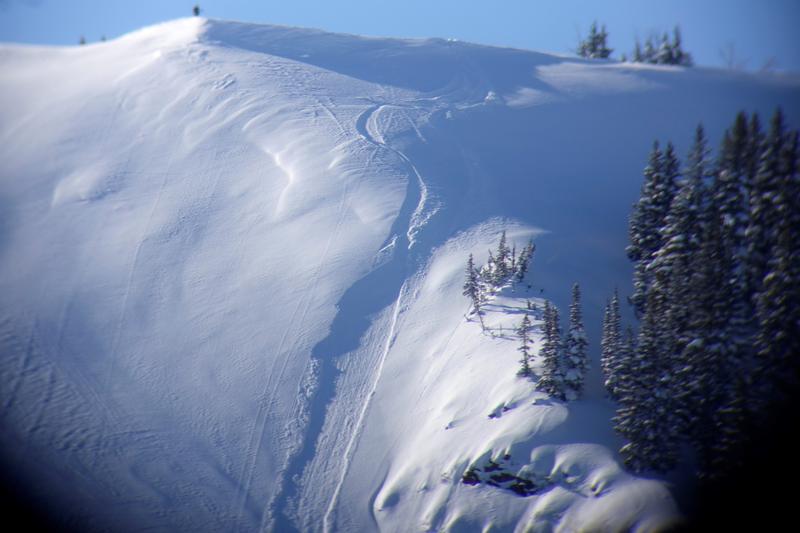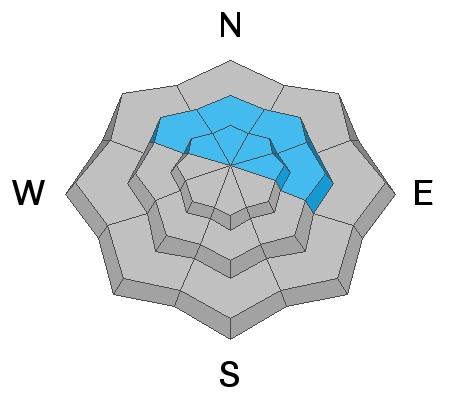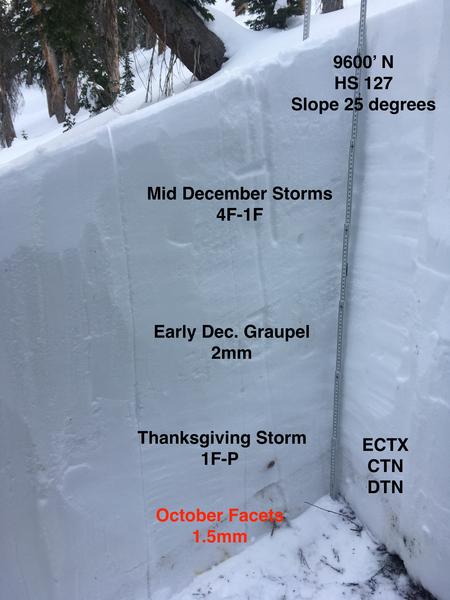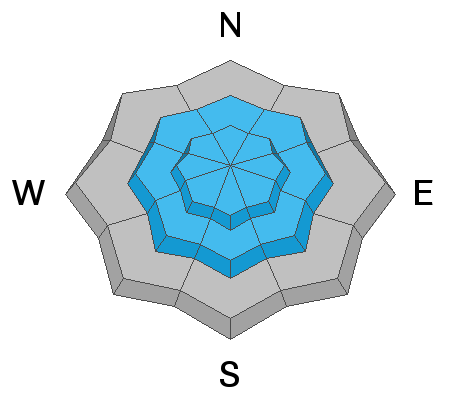Forecast for the Salt Lake Area Mountains

Issued by Nikki Champion on
Thursday morning, December 19, 2019
Thursday morning, December 19, 2019
Today a MODERATE avalanche danger exists on mid and upper elevation slopes. While the snowpack is slowly showing signs of increasing stability triggering an avalanche 2-5 feet deep in the persistent weak layer remains possible, especially on steep NW, N, NE and East facing terrain. Evaluate snow and terrain carefully and watch for slabs of wind drifted snow.
LOW avalanche danger is found on all slopes under 8,000' in elevation.

Low
Moderate
Considerable
High
Extreme
Learn how to read the forecast here










